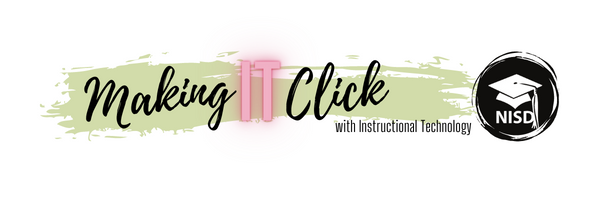Taidghen, Taylor, Elijah, and Yaleiza from Mrs. Lahit's class got a lot out of this project. "I really enjoyed creating the triangles on Geogebra," said Yaleiza. "I learned that triangles are more than just a shape with three sides. There are many different types of triangles, but you only know the type based on the angle sizes. I also learned that you can not have two obtuse angles within a triangle, or two right angles." This project made students think about triangle properties during creation. Elijah points out, "The most difficult part of the project was making the equilateral triangle in Geogebra because you had to make sure to get all of the sides the same."
 |
| Creating Specific Triangles in Geogebra |
Projects were turned in on a Padlet wall, which allowed students to see each other's work. "I enjoyed seeing how other students used Book Creator differently than I did," said Taidghen. Yaleiza added, "I enjoyed looking at the Powtoons that some of my other classmates created. The Padlet helped us see all of the ways that we could have shared our knowledge."
All four of these students agreed that next year's 6th graders should complete this project. Taylor mentions, "Next year's class should do this project because it's a chance to be creative while learning." Elijah concludes,"This is a great project because you really learn about all of the triangles and the theorems."
Student Created Tutorials for Using Geogebra:
Student ISTE Standards:
Creative Communicator: Students communicate clearly and express themselves creatively for a variety of purposes using the platforms, tools, styles, formats and digital media appropriate to their goals.
- 6a:Students choose the appropriate platforms and tools for meeting the desired objectives of their creation or communication.
- 6c: Students communicate complex ideas clearly and effectively by creating or using a variety of digital objects such as visualizations, models or simulations.
- 6d: Students publish or present content that customizes the message and medium for their intended audiences.
Empowered Learner: Students leverage technology to take an active role in choosing, achieving and demonstrating competency in their learning goals, informed by the learning sciences.
- 1c: Students use technology to seek feedback that informs and improves their practice and to demonstrate their learning in a variety of ways.


No comments:
Post a Comment
Note: Only a member of this blog may post a comment.